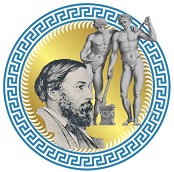Symonds and His Doubles
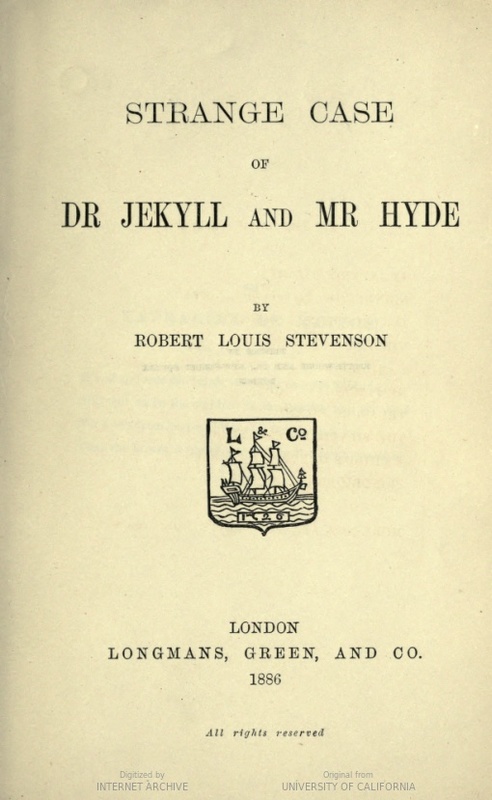
Strange case of Dr Jekyll and Mr Hyde
Written by Robert Louis Stevenson, published in London by Longmans, Green, and Co. in 1886. Stevenson likely based the dual identity of the titular character(s) on the "double life" Symonds lived in relation to his sexuality. However, in his correspondence with Stevenson after reading Jekyll and Hyde, Symonds expresses regret at the protagonist's ignominious end, wishing that Jekyll had been afforded a greater degree of dignity.
"At last I have read Dr Jekyll. It makes me wonder whether a man has the right to so scrutinize 'the abysmal deeps of personality.' It is indeed a dreadful book, more dreadful because of a certain moral callousness, a want of sympathy, a shutting out of hope. [...] As a piece of literary work, it seems to me the finest you have done [...] But it has left such a deeply painful impression on my heart that I do not know how I am ever to turn to it again.
The fact is that, viewed as an allegory, it touches one too closely. Most of us at some epoch of our lives have been upon the verge of developing a Mr Hyde.
Physical and biological Science on a hundred lines is reducing individual freedom to zero, and weakening the sense of responsibility. I doubt whether the artist should lend his genius to this grim argument. Your Dr Jekyll seems to me capable of loosening the last threads of self-control in one who should read it while wavering beterrn his better and worse self.
[...]
The denouement would have been finer, I think, if Dr Jerkyll by a last supreme effort of his lucid self had given Mr Hyde up to justice [...] Had you made your hero act thus, you would at least have saved the sense of human dignity. The doors of Broadmoor would have closed on Mr Hyde." - JAS, Letters, 1522
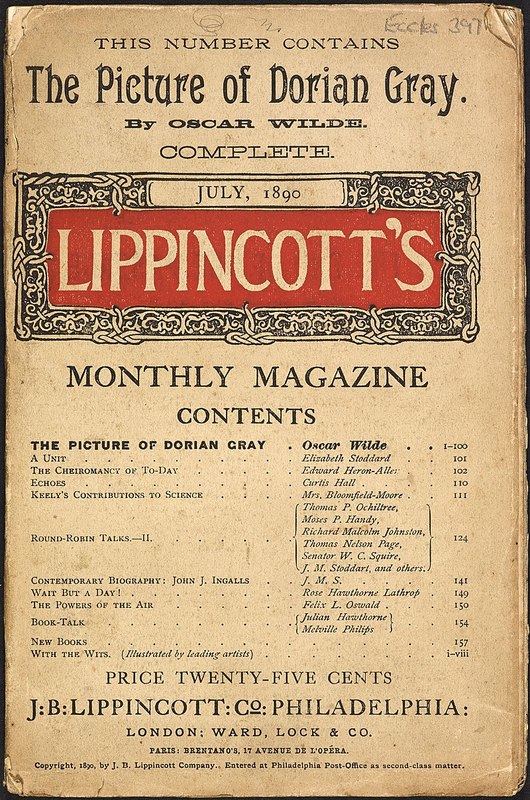
The Picture of Dorian Gray
Written by Oscar Wilde, published in Lippincott's Magazine, July 1890. Though it is unlikely that Wilde had a single source of inspiration for this story, the relationship between Gray and his portrait suggests a notion of the "double life" similar to that seen in Stevenson's Jekyll and Hyde. The title character's first name, Dorian, is borrowed from the name of the Greek tribe which Symonds and others closely associated with the origins of homosexuality in ancient Greece.
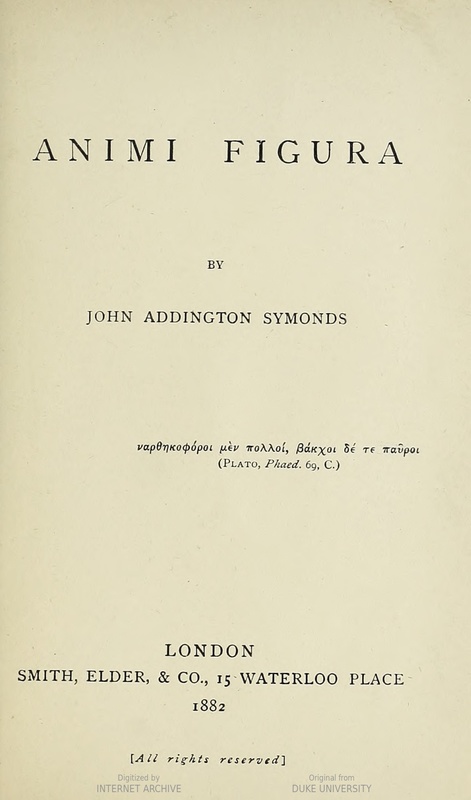
Animi Figura
Written by John Addington Symonds, published by Smith, Elder, & Co. in 1882. Stevenson suggested the title of this work (taken from the Agricola of the acient Roman historian Tacitus) and encouraged its publication, but he also pressured Symonds to excise some of its more explicitly homoerotic content. The particular volume on display in the exhibit was owned by Henry Graham Dakyns, a close friend of Symonds and fellow homosexual. Note the stain on the title page, an impression left by a flower pressed within the volume.
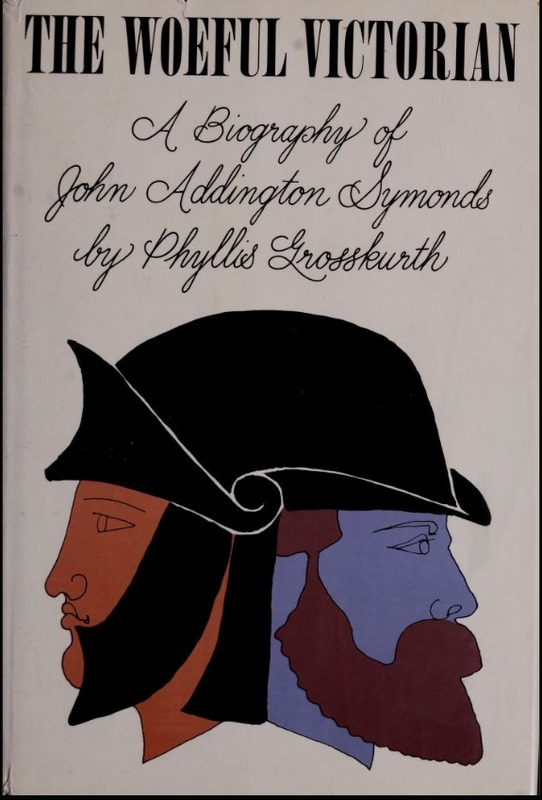
The Woeful Victorian: A Biography of John Addington Symonds
Phyllis Grosskurth’s biography of Symonds originally published in 1964, based on his memoirs, which had not been publicly released at the time of Grosskurth’s writing. Displayed here, the American version of the book, published in 1965, adds the more dramatic title “The Woeful Victorian” and striking jacket art by Isadore Selzer. These editorial changes, likely intended to garner more interest in the work, emphasize and romanticize Symonds’ perceived double identity – apparently heterosexual but actually heterosexual, living in Victorian society but looking toward the ancient past. The imposition of “doubling” concept on Symonds, seen during his own life in Stevenson’s Jekyll and Hyde, continues to the present day.
